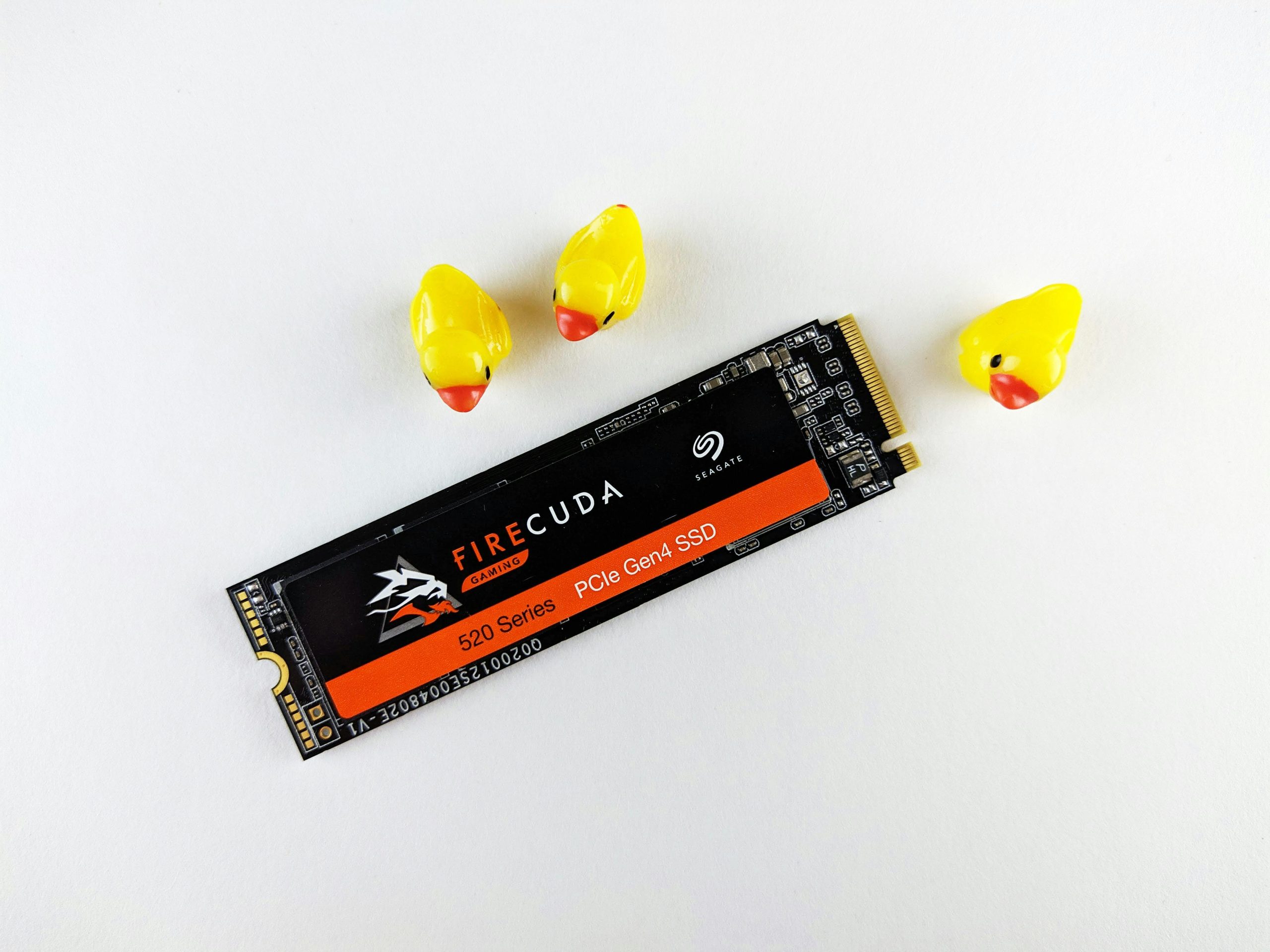Troubleshooting Extremely Low Read and Write Speeds on PNY CS900 480GB SSD
Experiencing sluggish performance with your SSD can be both frustrating and concerning, especially when it hampers your daily tasks or gaming experience. Recently, users have reported significant speed issues with the PNY CS900 480GB SSD, including sudden drops in read/write performance and detection anomalies. This guide aims to provide a comprehensive overview of common problems, diagnostic steps, and potential solutions to address these issues effectively.
Recognizing the Symptoms
Many users, including cases documented on forums and community boards, have noticed the following symptoms:
– Dramatically reduced data transfer speeds (low read/write performance).
– System or game applications failing to launch or slow response times.
– Task Manager showing the SSD operating at 100% disk utilization.
– The drive sometimes being misreported (e.g., recognized as a different capacity or model).
Common Causes Behind Low SSD Performance
Several factors may contribute to a sudden drop in SSD speeds or device recognition issues:
- Cable or Power Supply Problems: Faulty or degraded SATA data or power cables can cause intermittent connectivity and speed drops.
- Firmware or Software Glitches: Outdated firmware or driver conflicts sometimes lead to performance degradation.
- Hardware Malfunctions: SSD wear and tear or internal hardware failure can manifest as slow speeds or incorrect device recognition.
- System Configuration Issues: Improper BIOS settings, SATA mode misconfigurations, or partition problems.
- Physical Damage or Connection Short-circuits: Damaged pins or shorted connections internally or externally.
Diagnostic and Troubleshooting Steps
If you’re experiencing similar issues, here’s a step-by-step approach tailored to identify and resolve common problems:
1. Verify Physical Connections
- Replace SATA Data and Power Cables: Swap out existing cables with new or known-good replacements to rule out faulty wiring.
- Check Cable Placement: Ensure cables are securely connected and free of damage.
- Inspect the SSD Pins: Visually examine the drive’s pins and connectors for damage, corrosion, or shorts.
2. Assess Power Delivery
- Voltage Testing: Use a multimeter to confirm the SATA power cable delivers appropriate voltages (usually 3.3V, 5V, and 12V).
- Test on Different SATA Ports: Connect the SSD to different motherboard ports to rule out port-specific issues.
3. **Monitor Drive
Share this content:



